Amelie Meyer: Uncovering the sinister side of Willy Wonka. Mystery and Dark Humor in Film Adaptations of Roald Dahl’s ‘Charlie and the Chocolate Factory’ [PDF]
$17.67
Seminar paper from the year 2012 in the subject American Studies – Literature, grade: 1, 0, University of Göttingen (Philosophische Fakultät), course: Theorizing Film Remakes, language: English, …
Seminar paper from the year 2012 in the subject American Studies – Literature, grade: 1, 0, University of Göttingen (Philosophische Fakultät), course: Theorizing Film Remakes, language: English, abstract: Roald Dahl’s 1964 novel ‘Charlie and the Chocolate Factory’ has been voted the most popular children’s book of all time. The sometimes violently imposed morality and thereby suitability for children has been a matter of debate amongst disapproving critics for a long time. Others simply see ‘Charlie and the Chocolate Factory’ as a cautionary tale depicting children’s errors ought to be prevented.
It did not take long for the first attempt to adapt Dahl’s tale to the big screen. In 1971, ‘Willy Wonka and the Chocolate Factory’, directed by Mel Stuart and starring Gene Wilder as Wonka, opened in theaters. Although lacking immediate success, the children’s musical has evolved into a cult classic over the years. In 2005, director Tim Burton took his turn transforming the novel into a movie choosing Johnny Depp for the role as Wonka. Whereas the first movie is said to win over audiences with “Gene Wilder’s twinkling air of mystery, ” Burton’s movie is regarded as much darker, capturing the novel’s mood due to the affinity with the Gothic, as well as fairytale motifs which Dahl and Burton share.
When examining both movies with regard to Dahl’s source material, it is advisable to employ strategic measures of adaptation theories. This paper will attempt to do so and focuses on the interpretation of the character of Wonka, especially concerning his darker side, in both films. The following thesis will then be examined: The joyful and fantastic world described in Dahl’s novel has an underlying sinister and mysterious side to it and is associated with the character of Willy Wonka and the setting of his chocolate factory.

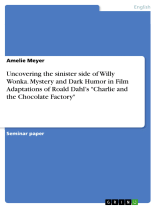
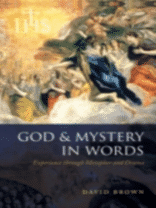
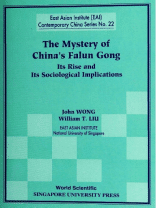
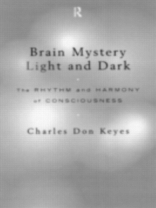
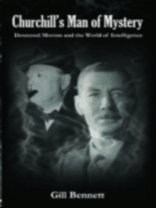
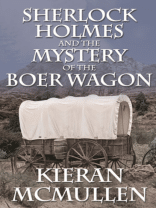
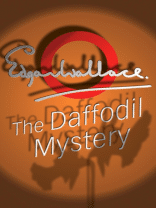
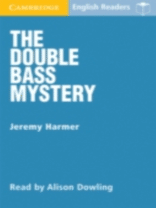
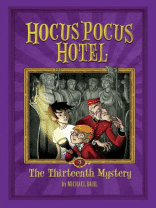
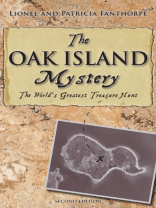
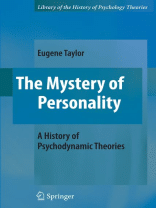

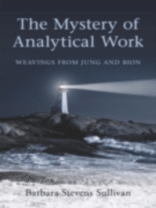
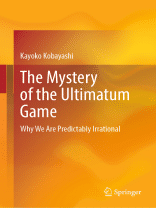
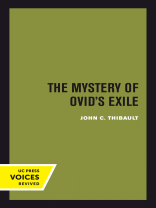
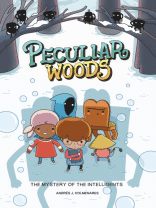
Reviews
There are no reviews yet.